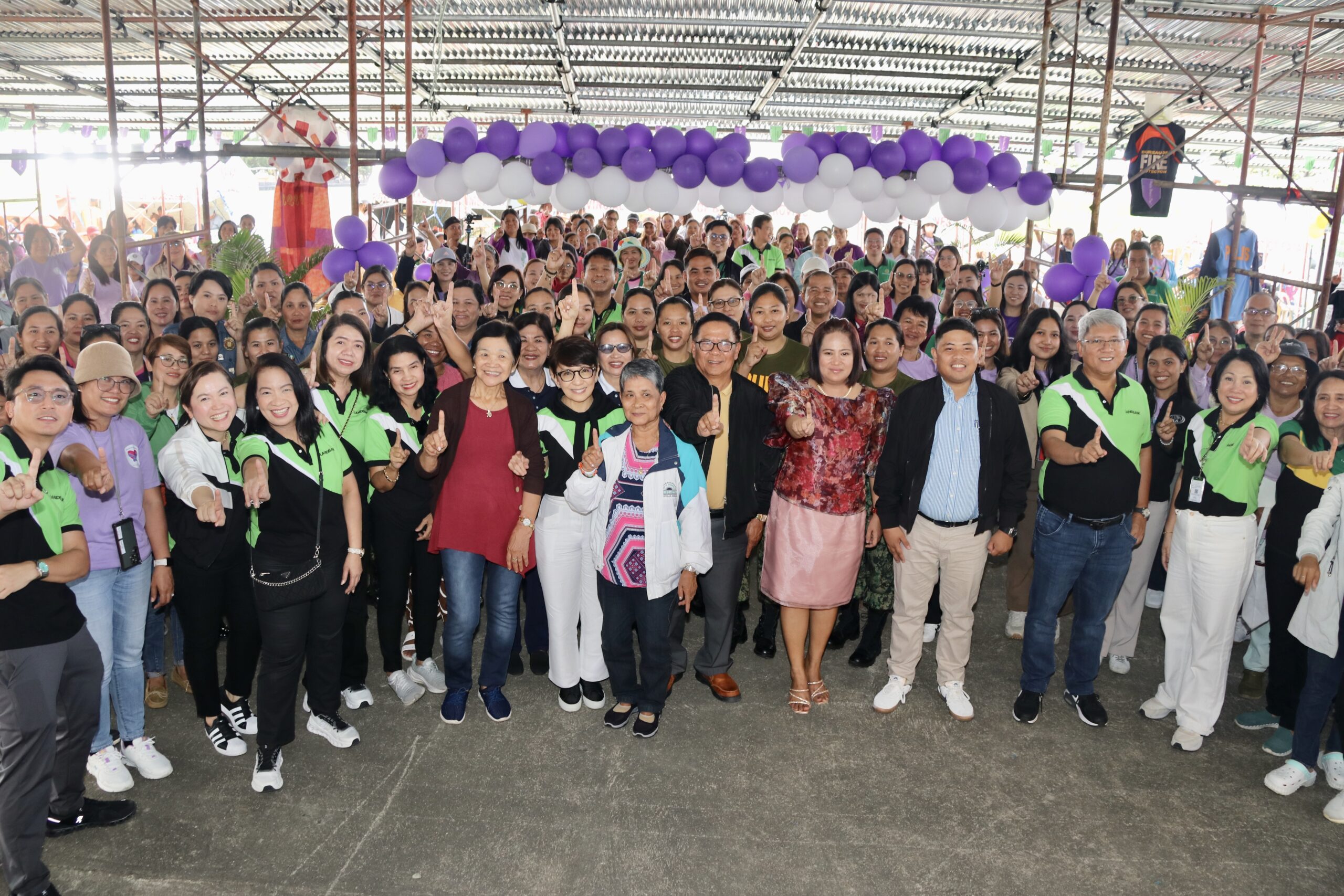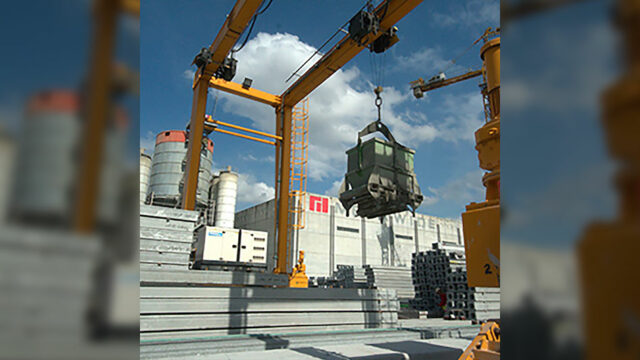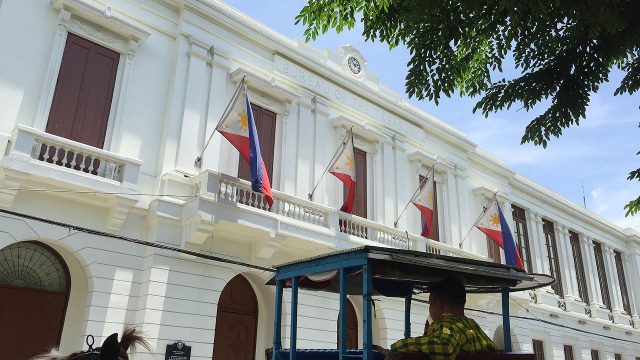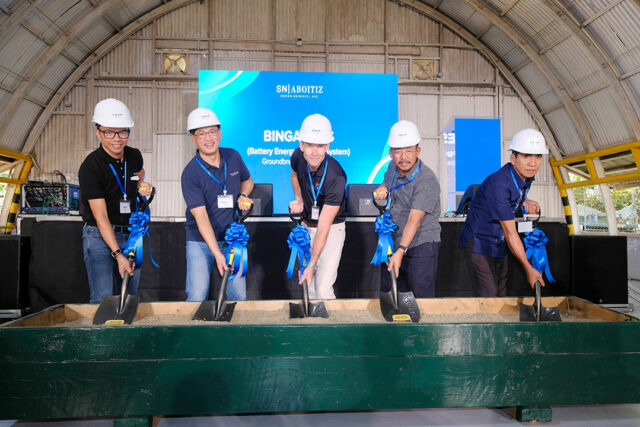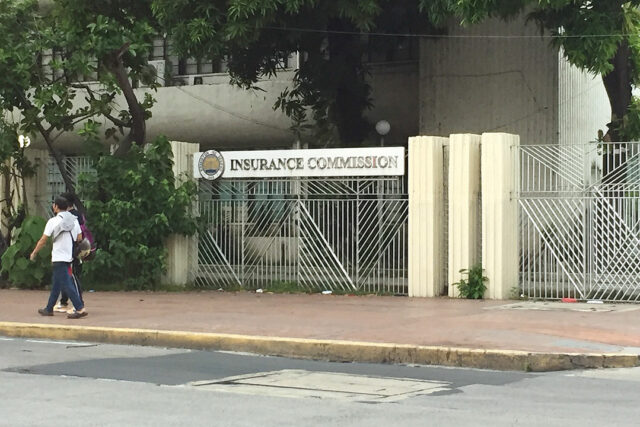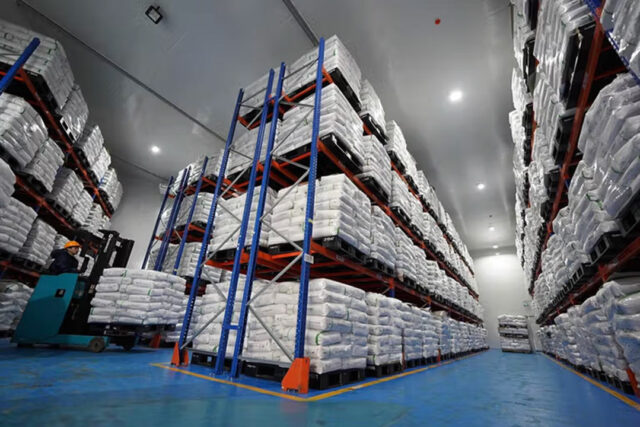(Part 2)
There are realistic expectations that if the Philippine’s GDP grows at an average of 6-8% in the next 20 years, our economy can attain High-Income status during the decade of 2040 to 2050, at least from the standpoint of average per capita income in US dollars. It is possible, though, that the income distribution will still be so skewed in favor of the rich that there could still be millions of households living below the poverty line and suffering from poor housing conditions.
That is why it is very important that the recently formulated Philippine Housing Roadmap, 2025 to 2040 by the Center for Research and Communication in tandem with the four leading housing and real estate associations, i.e., the Subdivision and Housing Developers Association (SHDA), the Organization of Socialized and Economic Housing Developers of the Philippines (OSHDP), the National Real Estate Association (NREA), and the Chamber of Real Estate and Builders’ Association (CREBA), address the very important issue of socialized and economic housing for lower-income households.
As we saw in the first part of this two-part series, it is important to mobilize funding and private investment to boost public and socialized housing. To achieve this, the government budget should be increased for projects targeting marginalized sectors.
At the same time, responsive price ceilings and income tax holidays should be implemented to support developers, along with improving provisions in the Pambansang Pabahay Para sa Pilipino, or 4PH, program to encourage active participation in affordable housing. There should also be efforts to expand government guarantees and explore developmental funding through securitization and Real Estate Investment Trusts (REITs). Moreover, in order to bridge affordability gaps, direct subsidies are essential, with a focus on providing interest and loan subsidies for socialized, economic and low-cost housing.
It is encouraging that in 2025, despite the global economic volatility resulting from the policies being implemented by the Trump Administration in the US, Philippine inflation is averaging less than 3%, making lower interest rates possible. There is a possibility that Philippine interest rate policy can partly decouple itself from that of the US Federal Reserve System.
The Philippine’s economic growth, while remaining steady over the last two or three decades, has yet to register the sustained double-digit growth rates achieved by countries like China, South Korea, and Thailand which allowed them to significantly bring down poverty incidence to single digit levels (Malaysia, for example, has had close to zero poverty incidence for some time now). Our own poverty incidence in 2023 was 22.4% for the whole population and 16.5% for households. These high levels of poverty had adverse implications on the nation’s capacity to provide affordable housing for all, indicating that much of the economic growth benefited only a few and has not trickled down. Unlike in other countries where growth has been driven primarily by foreign direct investments, investments in infrastructure, early focus on agricultural and countryside development, and on an outward-looking economy, the Philippine economic growth has been largely driven by consumption expenditure on the demand side and services on the production side.
The Philippine economy has inordinately relied on its domestic market for a long time to insulate it from global market turmoil and sustain growth, albeit at single-digit levels. An economy’s capacity to sustain and support long-term growth, however, is usually preceded, among others, by significant and sustained capital formation or investment flows. The Philippines continues to miss wave after wave of major foreign direct investments (FDIs) flows into Southeast Asia. The bulk of FDIs pouring into the ASEAN is captured by Vietnam, Indonesia, and not to mention Singapore. Only in 2021 did FDIs in the Philippines exceed the $10 billion level. Its major sources of dollar inflows are overseas Filipino workers’ remittances and business process outsourcing-information technology earnings.
Before 2040, double-digit growth rates for industry and services are feasible. Services will remain a primary driver of growth with retail trade, digitization, ICT, transport, logistics, banking and finance leading the way, accounting for 60-65% of the economy. The share of the industry sector is expected to significantly increase to about 30-35% over the years, given the emergence of major investments in construction activities, energy, road infrastructure, and info-infrastructure networks (i.e., smart cities), and agribusiness-related manufacturing (e.g., construction materials from bamboos). Agriculture and fisheries’ share will continue to decline to 5% as is typical of economies moving up to high-income levels. Much of the agricultural and aquacultural outputs, however, will be focused on high-value crops and commodities such as bananas, pineapples, coffee, cacao, mangoes, avocado, and high-value coconut products such as coconut water, milk, and sugar.
As regards regional dispersal of income and employment, the National Capital Region (NCR) will be growing less rapidly than the other major regions like Calabarzon, Central Luzon, Western Visayas, and Davao. Other promising regions with at least a 7% growth rate in the last three years are the Cordillera Administrative Region (CAR), the Ilocos, and Cagayan Valley. With industries more widely dispersed and in-migration growing, the emerging and future mega-regions will continue to grow and will be catching up with the NCR. Except for the NCR and the Bangsamoro Autonomous Region in Muslim Mindanao or BARMM, the regions that usually corner a substantial share of the GDP are those that attract in-migration, such as those mentioned above. Increased urbanization will characterize the higher-growth regions, especially Calabarzon, Central Luzon. Western Visayas, and Davao.
In terms of the number of households, the 2021 Family Income and Expenditure Survey (FIES) estimated a count of 26.3 million households in the entire country. This is 6.7% higher than the 2018 FIES count, indicating that there were 580,097 new households formed per annum during those three years. Based on the projection of Philippine Statistics Authority, the country will be looking at about 33 million households by 2050. The average sizes of households range from a low of 3.8 members in the NCR to a high of 5.9 in BARMM with 4.1 as the most frequent. Household income sources have shifted more towards wages and salaries, rendering the labor force more vulnerable to inflation. Moreover, economic downturns that result in job losses or wage stagnation make it difficult to acquire housing, especially for those without alternative income sources or significant savings.
Among the key long-term trends that affect housing demand that have to be monitored closely is the direction of government spending. It is expected that the Government in the next few years until 2040 will focus on catching up to improve the physical infrastructure of the nation.
Since the previous Duterte Administration initiated the Build, Build, Build Program, more public resources have been allocated towards enhancing connectivity within and between islands. Fortunately, the Marcos Jr. Administration is determined to continue this, giving the highest priority to infrastructure development. Unfortunately, the government’s ability to spend big amounts on infrastructure is limited by the high debt-to-GDP ratio of 61% that resulted from the COVID-19 pandemic.
There will be much effort made to attract FDIs into infrastructure which will be the primary focus of government spending (together with education and health) until 2040. By 2030 onwards, upon completion of many key infrastructure projects, the Philippine economy is expected to grow faster and attain the double-digit growth rates that are needed to significantly reduce poverty.
Bernardo M. Villegas has a Ph.D. in Economics from Harvard, is professor emeritus at the University of Asia and the Pacific, and a visiting professor at the IESE Business School in Barcelona, Spain. He was a member of the 1986 Constitutional Commission.
bernardo.villegas@uap.asia

